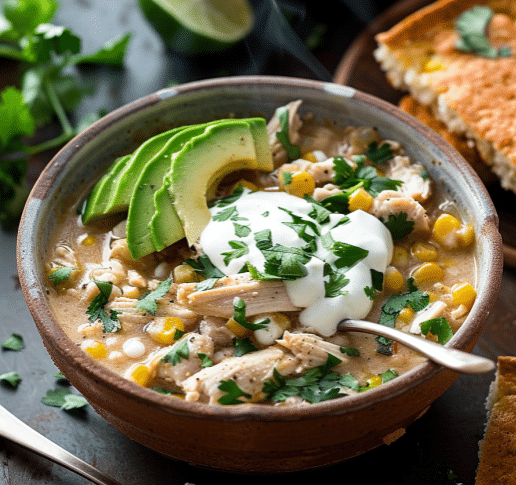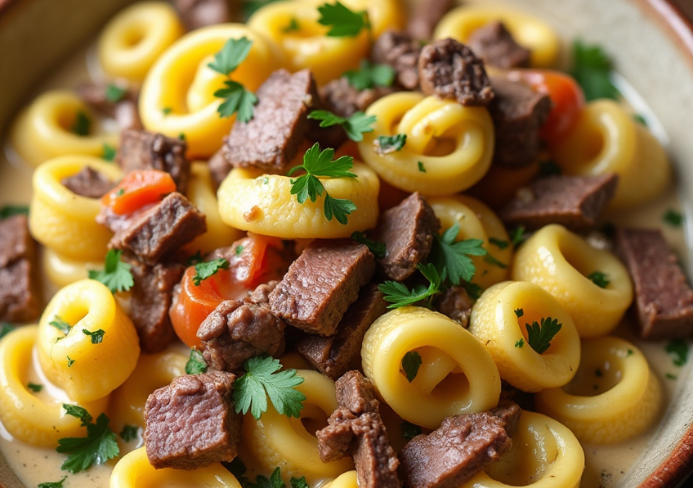Capirotada: A Sweet Slice of Mexican History and Tradition
Capirotada is more than just a dessert — it’s a flavorful embodiment of Mexican history, religion, and family tradition. Often enjoyed during Lent, especially on Good Friday, this sweet-savory bread pudding has become a beloved dish across generations.
While it might look like an ordinary bread pudding to outsiders, Capirotada carries deep cultural symbolism and flavorful heritage. Each ingredient tells a story — one that dates back to medieval Spain and evolved through Mexico’s colonial and indigenous influences.
Learn more about Mexican Lenten customs and how foods like capirotada play a symbolic role in spiritual observance by visiting MexConnect’s guide to Lenten traditions.
What Is Capirotada?
At its core, Capirotada is a traditional Mexican bread pudding layered with toasted bread, piloncillo syrup, spices, dried fruits, and cheese. This unusual yet delightful combination of ingredients results in a rich, aromatic dish that warms both the heart and the soul.
The unique sweet-and-savory flavor profile stems from ingredients like cinnamon sticks, raisins, and queso fresco, which are combined in layers and baked or simmered until perfectly gooey. Curious about one of the essential components? Explore this guide on what piloncillo syrup is and how it’s made for more insight into this caramel-like sweetener.
The Origins: From Spain to Mexico
Capirotada has its roots in medieval Spain, where a version of savory bread pudding was consumed by soldiers to avoid food waste. The dish was later brought to colonial Mexico, where indigenous ingredients like piloncillo and local fruits gave it a sweeter twist.
Over time, Catholic symbolism infused the dish with deeper meaning, transforming it into a ritualistic meal served during Lent — the Christian season of penance and reflection.
Symbolism in Every Bite
One of the most fascinating aspects of Capirotada is how every ingredient symbolizes part of the Passion of Christ:
-
Bread represents the Body of Christ
-
Syrup (made of piloncillo and spices) signifies His blood
-
Cloves stand in for the nails of the crucifixion
-
Cinnamon sticks mimic the wood of the cross
-
Melted cheese symbolizes the holy shroud
This spiritual narrative is a reminder of the season’s significance, making every serving an act of remembrance.
Key Ingredients in Traditional Capirotada
Although variations exist, the classic Capirotada typically includes:
-
Day-old or toasted bolillo (Mexican bread rolls)
-
Piloncillo syrup with cinnamon, cloves, and water
-
Raisins and dried fruits
-
Queso fresco or Monterey Jack cheese
-
Nuts, such as peanuts or pecans
-
Butter for toasting bread
How It’s Made: Traditional Preparation Steps
-
Toast or fry the bread until golden brown.
-
Prepare the syrup by boiling piloncillo, cloves, and cinnamon sticks in water until thick.
-
Layer ingredients in a casserole dish: bread, syrup, cheese, dried fruits, and nuts.
-
Repeat layers until all ingredients are used.
-
Bake for 30–40 minutes until bubbly and aromatic.
Regional and Family Variations
Every family puts its own spin on Capirotada. Some include:
-
Tomatoes or onions for savory depth
-
Bananas, coconut, or apple slices for added sweetness
-
Tortilla strips in certain regional styles
-
Toasted coconut in more tropical interpretations
These variations reflect local tastes, available ingredients, and ancestral recipes passed through generations.
Modern Takes on a Classic
Today’s cooks often adapt Capirotada to fit modern diets:
-
Vegan versions use plant-based cheese and margarine.
-
Gluten-free adaptations substitute bolillo with gluten-free bread.
-
Gourmet renditions include additions like chocolate, orange zest, or liqueurs.
These fresh takes help preserve the tradition while making it accessible to a broader audience.
Recipe: Classic Capirotada at Home
Here’s a simple version of this treasured dish you can try yourself.
Ingredients:
-
6 bolillos, sliced and toasted
-
2 cones of piloncillo
-
2 cinnamon sticks
-
4 cloves
-
2 cups water
-
1 cup raisins
-
1 cup shredded cheese
-
½ cup peanuts or pecans
-
4 tbsp butter

Instructions:
-
Simmer piloncillo, cinnamon, and cloves in water to make syrup.
-
Grease a casserole dish and layer bread, raisins, cheese, and nuts.
-
Pour syrup over each layer.
-
Repeat layering.
-
Bake at 350°F for 30–40 minutes.
Serve warm with café de olla or chilled the next day.
Best Ways to Serve and Store
Serve it:
-
Warm from the oven
-
Chilled after refrigeration
-
Paired with Mexican drinks like atole or café de olla
Store it:
-
Keep in an airtight container in the fridge
-
Stays fresh for 3–4 days
-
Reheat in microwave or oven with a splash of water to maintain moisture
When to Eat Capirotada
Traditionally enjoyed during:
-
Lent — especially Fridays of Lent and Good Friday
-
Holy Week gatherings
-
Family celebrations and Easter feasts
It’s a dish rooted in reflection, community, and faith.
FAQs About Capirotada
Q1: What is capirotada made of?
A mix of toasted bread, piloncillo syrup, cheese, nuts, and dried fruits.
Q2: Why do Mexicans eat capirotada during Lent?
It symbolizes the Passion of Christ and is a meatless dish perfect for observance.
Q3: Is capirotada a dessert or a meal?
Both — it’s often eaten as a dessert but can be hearty enough for a light main course.
Q4: Can you freeze capirotada?
Yes, though the texture may change. Best enjoyed fresh or refrigerated.
Q5: What cheese is used in capirotada?
Traditional options include queso fresco, Monterey Jack, or cheddar.
Final Thoughts: A Tradition Worth Keeping
Capirotada isn’t just a recipe — it’s a ritual. Whether you stick to tradition or modernize it, preparing this dish connects you with a lineage of faith, flavor, and family. In a world of fast food and fleeting fads, Capirotada offers a taste of something timeless.







